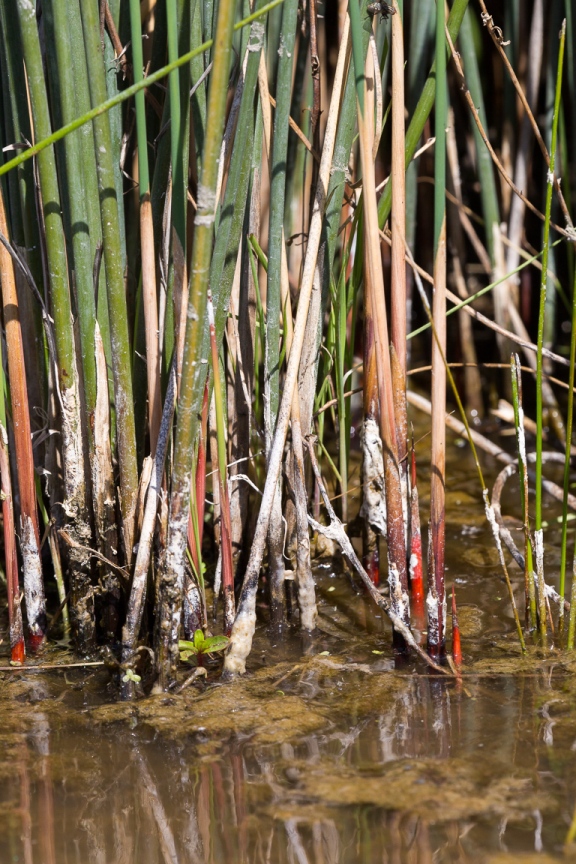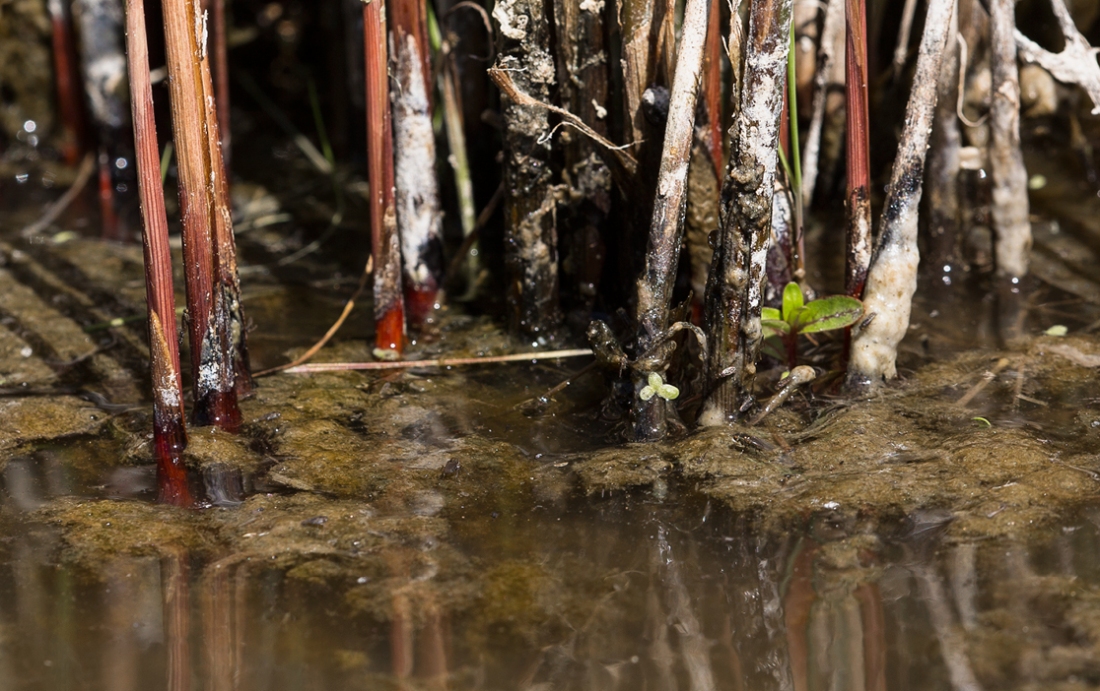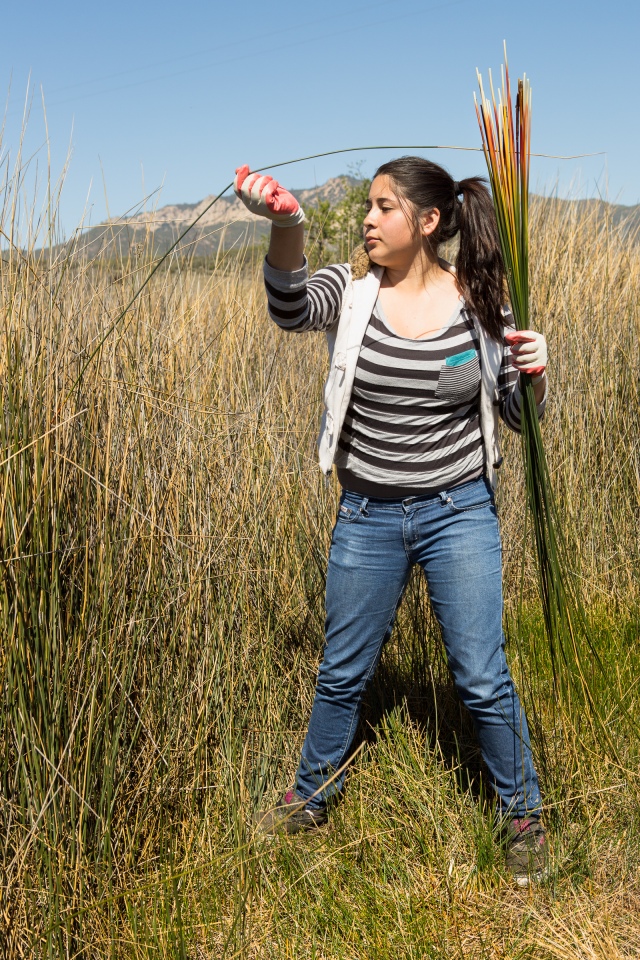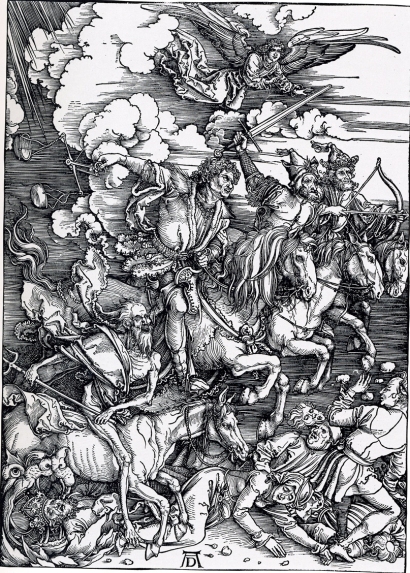 The juncus fields on the Cahuilla Indian Reservation at Tangie and Sean Bogner’s near Anza, CA, remind me of Albrecht Dürer’s exquisite watercolor, The Great Piece of Turf, 1503, considered the most remarkable nature study in European art.
The juncus fields on the Cahuilla Indian Reservation at Tangie and Sean Bogner’s near Anza, CA, remind me of Albrecht Dürer’s exquisite watercolor, The Great Piece of Turf, 1503, considered the most remarkable nature study in European art.
The Cahuilla juncus fields are certainly the most remarkable stands of Juncus textilis, favorite plant of contemporary Native basket weavers, in our region.  I’ve been to the juncus fields many times, but first saw the connection beween those beautiful grasses and Dürer after reading a post on Anna Laurent’s extraordinary website titled “Art + Botany: Albrecht Dürer’s Great Piece of Turf.”
I’ve been to the juncus fields many times, but first saw the connection beween those beautiful grasses and Dürer after reading a post on Anna Laurent’s extraordinary website titled “Art + Botany: Albrecht Dürer’s Great Piece of Turf.”
The large leaves at the bottom of Dürer’s painting look strikingly similar to the yerba mansa growing in the wettest areas of the Cahuilla juncus fields, but Dürer’s leaves are plantain. His yellow flowers are clearly dandelions. Both dandelion and plantain have naturalized in our region.
Both are considered weeds, but they’re also important medicinal plants.
 An edible Native dandelion, Taraxacum californicum, or California dandelion, grows in Cahuilla territory. People gathered the dandelion stems and leaves to eat in spring and early summer, according to Katherine Siva Saubel and Lowell Bean in their Cahuilla ethnobotany, Temalpakh.
An edible Native dandelion, Taraxacum californicum, or California dandelion, grows in Cahuilla territory. People gathered the dandelion stems and leaves to eat in spring and early summer, according to Katherine Siva Saubel and Lowell Bean in their Cahuilla ethnobotany, Temalpakh.
I imagine that not many people are gathering the native dandelion anymore, because it’s very, very rare—it’s now listed by the U.S. federal government as endangered.
Photo below Scott Eliason, San Bernardino National Forest Service, in public domain from Wikipedia Commons.
 English nature writer, Richard Mabey, writes that Dürer’s radical way of depicting the natural world in The Great Piece of Turf was “painting’s discovery of ecology” in the early 16th century. Dürer’s painting is revolutionary because of its specificity. Durer paints a plant community, rather than a single plant.
English nature writer, Richard Mabey, writes that Dürer’s radical way of depicting the natural world in The Great Piece of Turf was “painting’s discovery of ecology” in the early 16th century. Dürer’s painting is revolutionary because of its specificity. Durer paints a plant community, rather than a single plant.
Mabey goes on the write that Dürer gives the clump of weeds the reverent attention another painter of his era might give to the flowers of Elysium.
But Dürer’s attention is focused on everyday, seemingly ordinary and botanically identifiable plants, rather than metaphoric or mythological grasses, flowers, and weeds that his 16th century contemporaries might have painted.
In Great Piece of Turf, Durer chooses to include the cock’s-foot, creeping bent, smooth meadow grass, daisy, germander, speedwell, greater plantain, hound’s-tongue, yarrow, and dandelion, according to the botanical eye of the late art critic, Tom Lubbock.
Although Mary Elizabeth Parsons includes the native California dandelion in her Wild Flowers of California, published in1897, her gifted art collaborator, Margaret Warriner Buck, unfortunately did not provide an illustration of this now endangered plant.
If artist Buck had known that her beloved dandelion would become endangered 100 years later, I imagine that she, and writer Parsons, would have made every effort to include a drawing of the graceful, edible and medicinal plant.
But Parsons does quote for us the renowned naturalist John Burroughs, who waxes poetic about the native dandelion, the plant which most of us will never, ever see:
After its first blooming, comes its second and finer and more spiritual inflorescence, when its stalk, dropping its more earthly and carnal flower, shoots upward and is presently crowned by a globe of the most delicate and aerial texture.
It is like the poet’s dream, which succeeds his / [her] rank and golden youth. This glove is a fleet of a hundred fairy balloons, each one of which bears a seed which it is destined to drop far from the parent source.
Please dispose of your Roundup 1 gal. Ready-to-Use Plus Weed and Grass Killer, a popular dandelion herbicide concocted, of course, by Monsanto. Please dispose of all herbicides, pesticides, insecticides, and biocides—those Four Horsemen of the [Environmental] Apocalypse—as soon as possible. .
 Above, Brianna Olvera, and below, Liliana Ramirez, from the La Jolla Band of Luiseño Indians, are basket weaving students of Luiseño weaver Lydia Vassar. They’re gathering Juncus textilis on the Cahuilla Reservation.
Above, Brianna Olvera, and below, Liliana Ramirez, from the La Jolla Band of Luiseño Indians, are basket weaving students of Luiseño weaver Lydia Vassar. They’re gathering Juncus textilis on the Cahuilla Reservation.
Many thanks to Tangie and Sean Bogner for sharing their juncus fields.


Beautiful photos and I love to read about the Juncus textilis! Especially nearby at the Cahuilla Reservation. Thank you to the basket weaving students for giving love to the juncus.
LikeLike
Every painting requires an inspiration, and what better inspiration than Mother Nature.
LikeLike